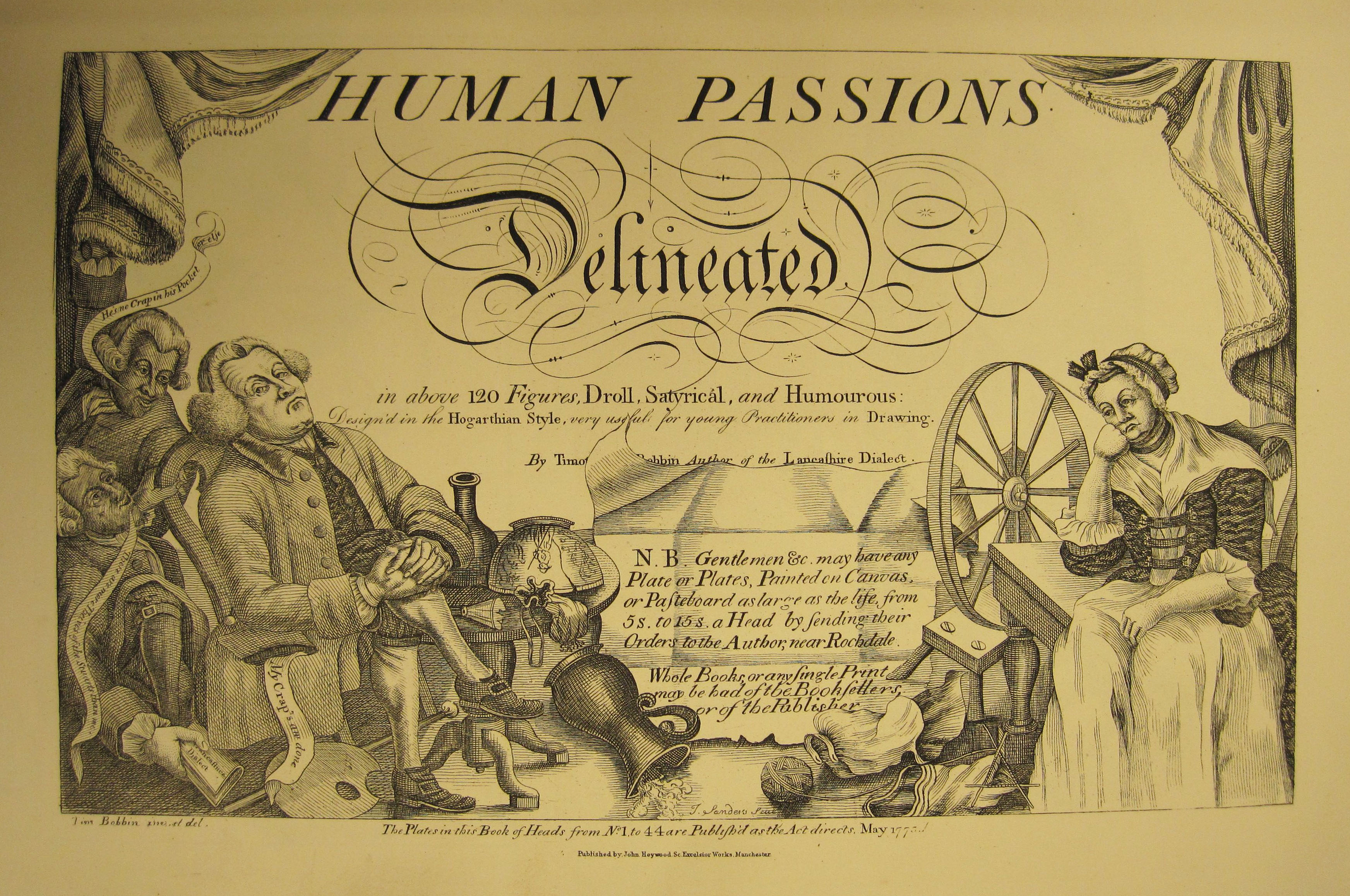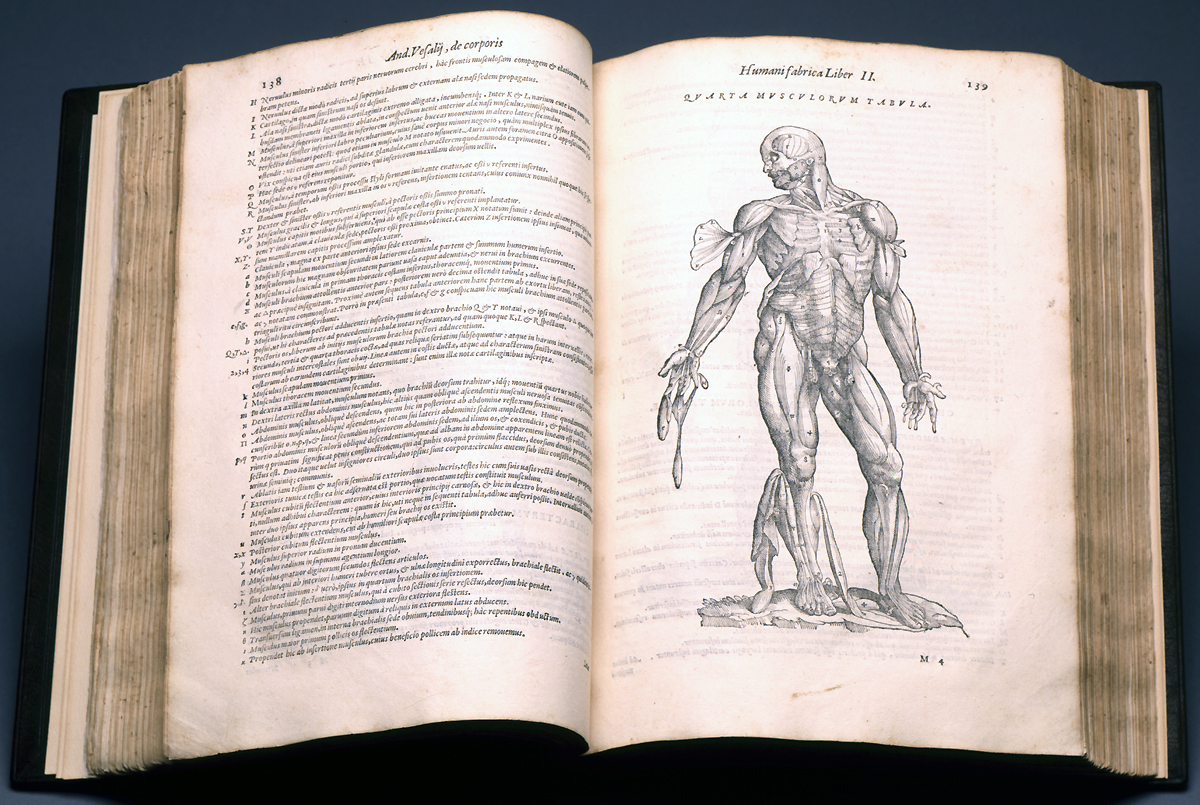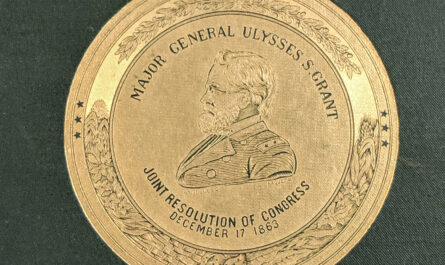The Outline of History transformed H.G Wells’ career from popular novelist to bestselling educational author. Chronicling the history of humanity from the formation of the Earth to World War I, the text was written in plain, often colloquial language making it accessible to the largest possible readership. Wells structured the text as one continuous narrative that read more like a novel than a reference work of dry dates and facts. Dissatisfied with the current state of education, which he felt promoted nationalistic ideas and isolation, Wells aimed to create a global textbook that would unify the world through one universal history.
The earliest editions of The Outline of History were issued by two different publishers with the goal of reaching two distinct audiences. George Newnes Ltd. published the work in twenty-four illustrated parts available through subscription from November 1919 to November 1920, a full set of which can be found in Special Collections. This more expensive version contained 48 full color plates and 600 illustrations, maps, and diagrams aimed at appealing to the general public. Newnes spent over £6,000 ($400,000 today) promoting the book by mailing 500,000 prospectuses and writing column-length advertisements in major newspapers. These ads emphasized the work’s beautiful illustrations and Wells’s popularity as an author while insinuating that the books were selling quickly, and readers needed to secure their copies now.
Cassell and Company Ltd.’s Library Edition of the Outline was marketed as the authoritative, scholarly version of the text. Issued in September 1920, it was a single-volume work with few illustrations, and included elements not present in the Newnes edition — a chronological timeline, a pronunciation guide, and an index. Wanting to benefit from the popularity of the Newnes edition, Cassell advertised the Library Edition in the same newspapers, emphasizing its scholarly nature and cheaper price. Newnes feared that Cassell’s advertisements would hurt the sales of the illustrated version and in an attempt to compete, hastily added a pronunciation key, chronological timeline, and index to the final installment of the work. Despite the competition, both publishers saw tremendous success with their first editions of the work, selling over two million copies in total.




